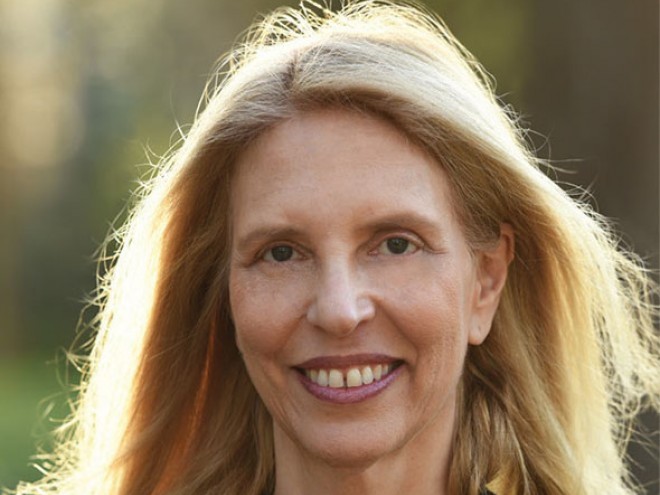Nadine Epstein’s collective biography of thirty-three accomplished Jewish women has a pragmatic focus. In its introduction, the late Supreme Court Justice Ruth Bader Ginsburg states that the book’s subjects were selected because each one was a powerful source of inspiration in her career and her life. Bader Ginsburg repeatedly mentions how foundational her Jewish identity was as she pursued the goal of equal justice for all Americans. From the prophet Miriam, to labor activist Rose Schneiderman, to Congresswoman Bella Abzug, these women were also guided, in some cases profoundly, by their Jewish experiences. She offers the hope that young readers will become informed and choose role models who will set each of them on a fulfilling course in life.
Epstein’s premise is important and should not be overlooked. She frames the struggles, setbacks, and accomplishments of RBG’s “brave and brilliant” icons within Jewish history and culture, yet she also aims her book at a broader audience. Jewish women who broke the mold within their fields can inspire non-Jews as well. The book is divided into sections, beginning with “Biblical Times” and proceeding through the twentieth century. The biblical section takes a new look at women in the Exodus story, with Miriam and Yocheved portrayed as visionaries taking risks to challenge societal norms. She also includes Deborah, the only female judge in the Hebrew Bible, because of her unique relevance in the field of the law.
Any collective biography provokes questions about why some subjects were selected and others excluded. By using Ginsburg’s personal choices as its criteria, the book avoids that issue. Although musician Fanny Mendelssohn and poet Emma Lazarus are included, most of Ginsburg’s role models reveal her deep commitment to social justice and activism. Some of these women may be familiar: Hadassah founder Henrietta Szold, diarist Anne Frank, and Prime Minister Golda Meir. Many others will be new, even to some adult readers. Lillian Wald founded the Henry Street Settlement and the Visiting Nurse Service in New York; she was also a co-founder of the NAACP Yet, this once widely admired woman is now relatively unknown. Bessie Margolin was an attorney dedicated to women’s rights and served in the Department of Labor during Franklin Roosevelt’s administration. Italian biologist Rita Levi-Montalcini promoted women’s education in the developing world.
Each biography concludes with a text box titled “Today,” most pointing out that progress still needs to be made in the subject’s field. Every woman’s story is preceded by Bee Johnson’s dramatic color portraits. Anne Frank holds her diary, Betty Friedan sits under the National Organization for Women insignia, and astronaut Judith Resnick proudly wears her NASA uniform. The book’s cover features Ruth Bader Ginsburg herself, with one of her signature lace collars. This one is embroidered with the Hebrew word for “justice,” a perfect point of entry to Epstein’s collection.
This highly recommended collection includes a prologue and an afterword, “A Call to Action,” explaining the book’s origins and purpose.
Emily Schneider writes about literature, feminism, and culture for Tablet, The Forward, The Horn Book, and other publications, and writes about children’s books on her blog. She has a Ph.D. in Romance Languages and Literatures.




